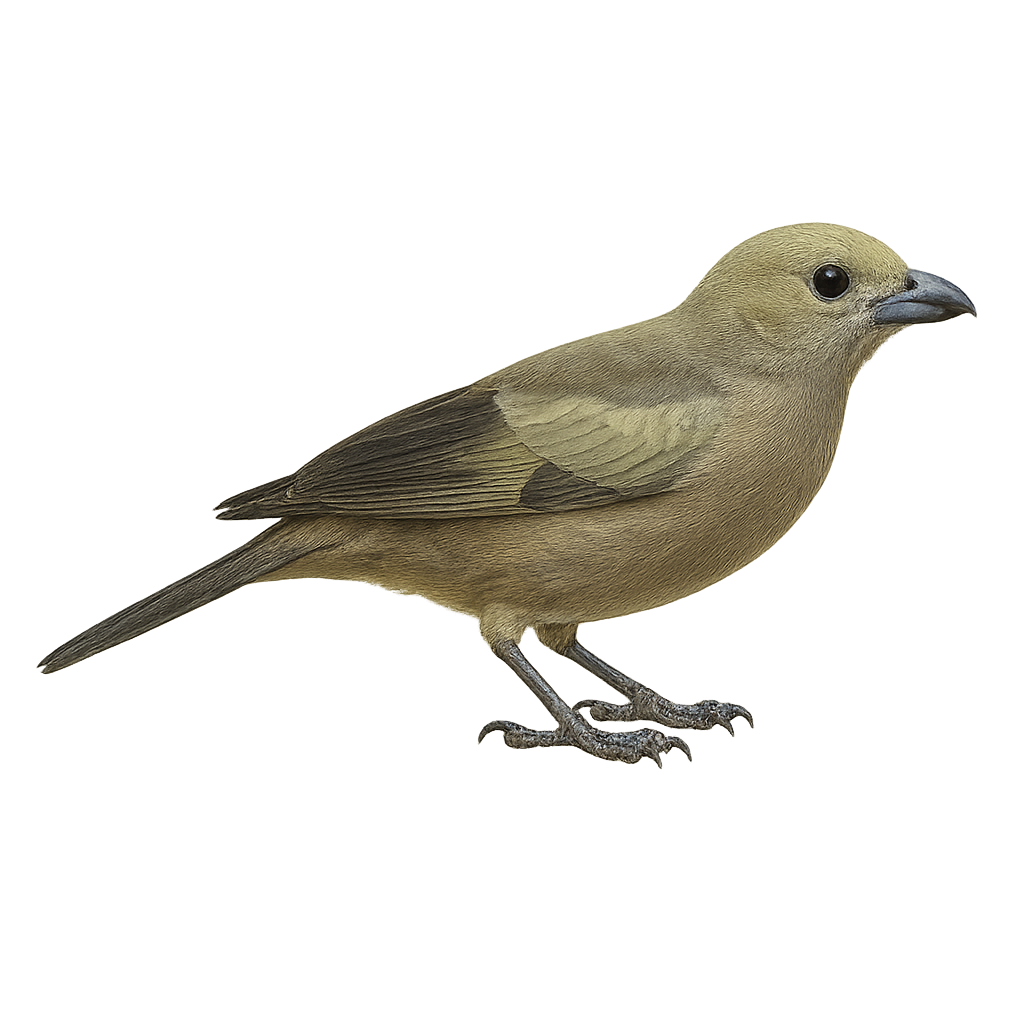Your wildlife photography guide.
Explore the palm tanager in detail, study its behavior, prepare your shots.
Where to observe and photograph the palm tanager in the wild
Learn where and when to spot the palm tanager in the wild, how to identify the species based on distinctive features, and what natural environments it inhabits. The WildlifePhotographer app offers tailored photography tips that reflect the palm tanager’s behavior, helping you capture better wildlife images. Explore the full species profile for key information including description, habitat, active periods, and approach techniques.
Palm Tanager
Scientific name: Thraupis palmarum

IUCN Status: Least Concern
Family: THRAUPIDAE
Group: Birds
Sensitivity to human approach: Suspicious
Minimum approach distance: 5 m
Courtship display: March to April
Incubation: 13-15 jours
Hatchings: March to May
Habitat:
Secondary forests, gardens, plantations
Activity period :
Primarily active during the day, with peak activity in the morning and late afternoon.
Identification and description:
The Palm Tanager, or Thraupis palmarum, is a medium-sized bird, measuring about 18 cm in length. It is characterized by its predominantly olive-green plumage, with lighter shades on the wings and tail. Its head has a slightly grayer hue, contrasting with the rest of the body. This bird is often seen in small groups, feeding on fruits, insects, and nectar. It is common in gardens, plantations, and secondary forests, where it plays a crucial role in seed dispersal. Its presence is often marked by its soft and melodious song.
Recommended lens:
400 mm – adjust based on distance, desired framing (portrait or habitat), and approach conditions.
Photography tips:
To photograph the Palm Tanager, it is advisable to use a 400mm lens or longer to capture precise details without disturbing the bird. Look for it in gardens or secondary forests, where it is often active during the day. Be patient and discreet, as although it is suspicious, it can get used to your presence if you remain still. Take advantage of the natural morning light to achieve vibrant and natural-colored images.
The WildlifePhotographer App is coming soon!
Be the first to explore the best nature spots, track rutting seasons, log your observations, and observe more wildlife.
Already 1 431 wildlife lovers subscribed worldwide

